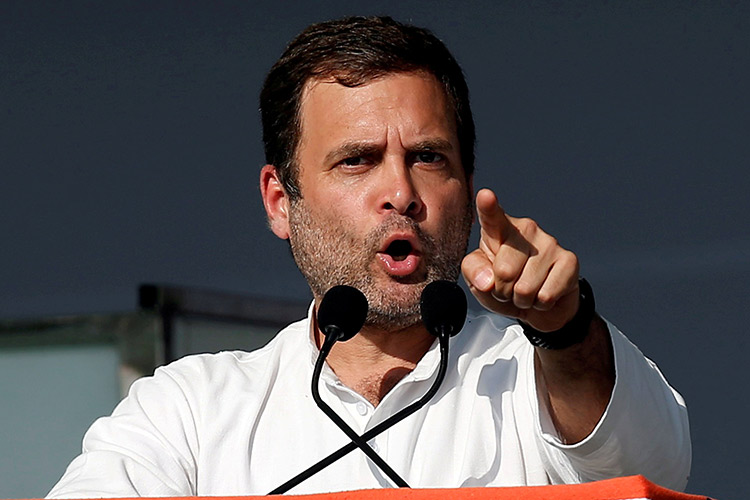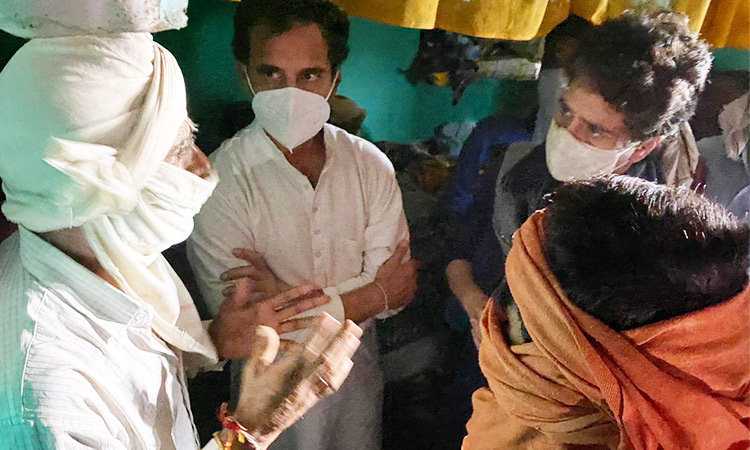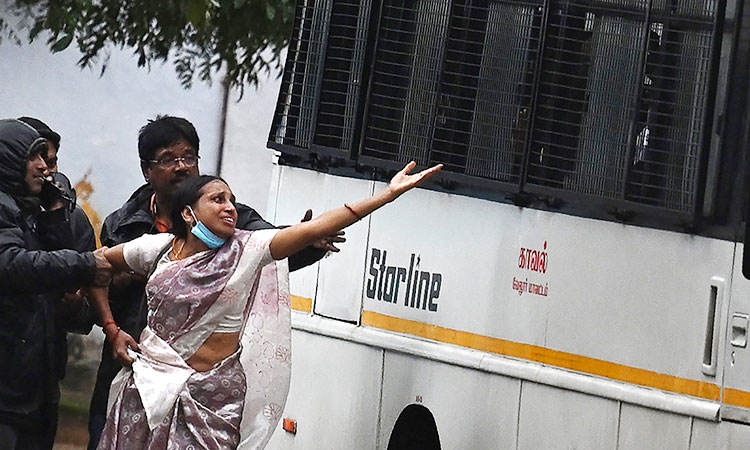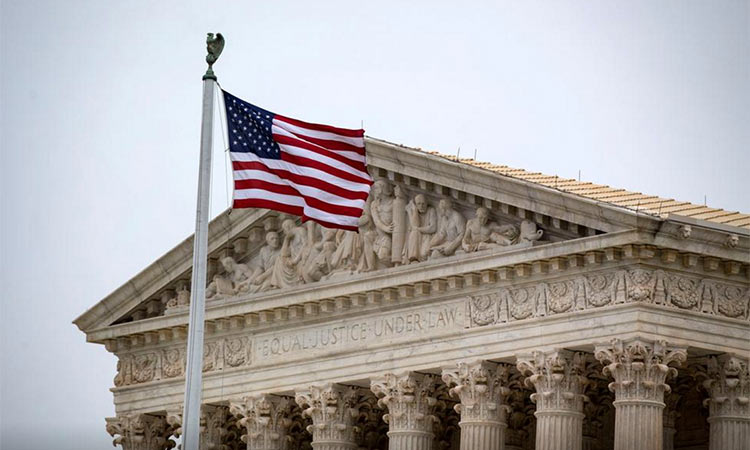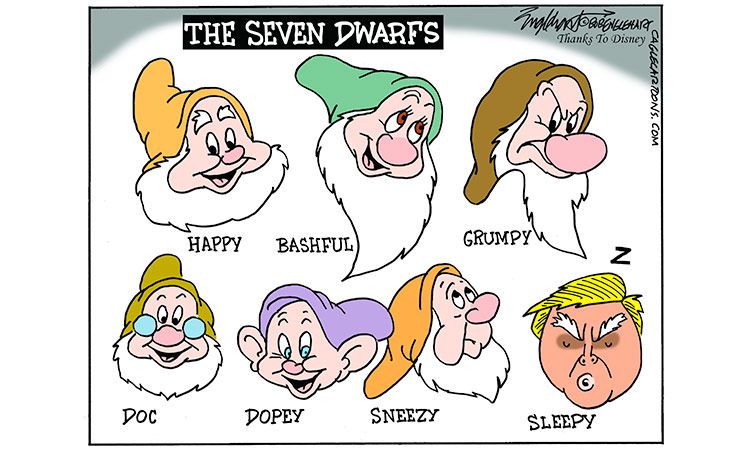Congress needs plan to take on divisive forces
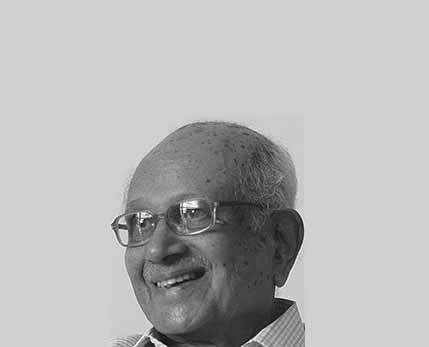
BRP Bhaskar
@brpbhaskarIndian journalist with over 50 years of newspaper, news agency and television experience.
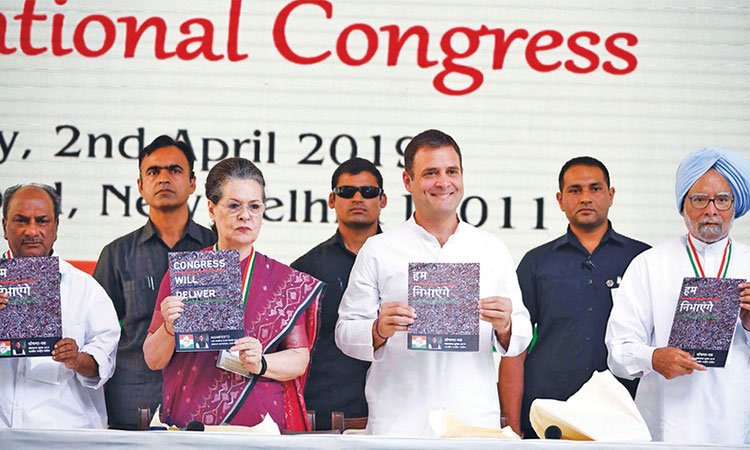
Sonia Gandhi, Rahul Gandhi along with Manmohan Singh and AK Antony pose for media during an event. File
In reorganising the party’s higher councils last week, Sonia Gandhi, who is interim President, dropped some deadwood and inducted a few new faces.
Some persons considered close to Rahul Gandhi, who quit as party President after the 2019 Lok Sabha elections, have been entrusted with new responsibilities. However the changes she has made do not add up to a generational shift in the party.
After 23 middle-rung leaders wrote to Sonia Gandhi a month ago seeking democratic changes in the party, there was speculation about a likely purge of dissidents. But she did not act harshly against them.
They had every right to make that demand. But they erred in raising it in a conspiratorial manner. She did well in letting them off lightly.
In the reshuffle, Sonia Gandhi dropped four of the party’s six General Secretaries. One of them, Ghulam Nabi Azad, was the most prominent of the letter-writers. Since he remains a member of the Working Committee, the party’s top decision-making body, it cannot be said that she sidelined him.
Tariq Anwar, who had left the Congress in 1999, along with Sharad Pawar, on the issue of Sonia Gandhi’s leadership but returned to the party in 2019, is one of the new General Secretaries.
Another is Randeep Singh Surjewala, who is considered close to Rahul Gandhi. Mukul Wasnik, one of the letter-writers, has also been made General Secretary.
Former Union Minister P. Chidambaram, Tariq Anwar Surjewala and Jitendra Singh are in the reconstituted Working Committee. Jitendra Singh, too, is a Rahil Gandhi confidante.
The most important of the changes is the constitution of a six-member committee to assist the party President in “organisational and operational matters”.
At the first meeting of the Working Committee after the letter-bomb, Sonia Gandhi had offered to set up such a committee. Its members are AK Antony, Ahmed Patel, Ambika Soni, Mukul Wasnik, KC Venugopal and Surjewala.
A compact body, it has the potential to emerge as a power centre but that may not happen.
One problem Rahul Gandhi had experienced as party President was recurring clash between the old guard that surrounded Sonia Gandhi and the younger elements around him. Both these elements are present in good strength in the new committee. It may, therefore, become an arena of conflict.
Sonia Gandhi’s quick-fix solution does not address the crucial question of the future of the Congress.
No meaningful step to revitalise the Congress and equip it to tide over its existential crisis can be taken until the issue of who will lead the party is settled.
The last time the Congress held a presidential election, 89 nomination papers were filed, all proposing Rahul Gandhi’s name. Some of the letter-writers may be potential non-Gandhi candidates for the post but there is nothing to indicate that the rank and file are ready to look outside the first family.
But Rahul Gandhi is yet to come forward to take up the post of President again.
He is campaigning tirelessly against the Modi administration. No other opposition leader is highlighting the government’s failures as relentlessly as he does.
However, his campaign appears to be a personal one, and is largely confined to the social media. To be effective, it must become a party campaign and carried to multiple public platforms.
The popular perception that Narendra Modi led the Bharatiya Janata Party to power by skilfully using new technology is based on a misreading of election outcomes. He owes his success to the large army of field workers, made available by the Rashtriya Swayam Sevak Sangh.
Weak as it is, the Congress remains the only party which has the reach across the country. All others can pose a challenge to the BJP juggernaut only in a few pockets.
The Congress needs to rebuild its organisational machinery from the grassroots upwards for its own survival as well as that of the fragile democratic structure.
The BJP stands exposed as a divisive force bent upon putting the people in different compartments based on caste and religion. The Congress party’s best chance for recapturing its lost image lies in jettisoning the soft Hindutva line which has lead it downhill and coming out boldly as an upholder of secularism and social justice. That way alone can it become a unifying force capable of taking on all divisive forces.
